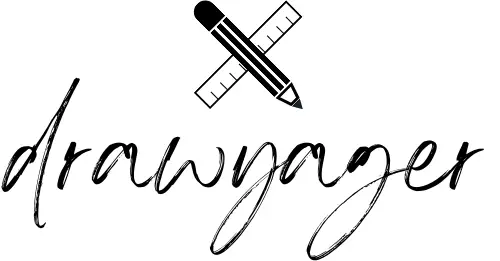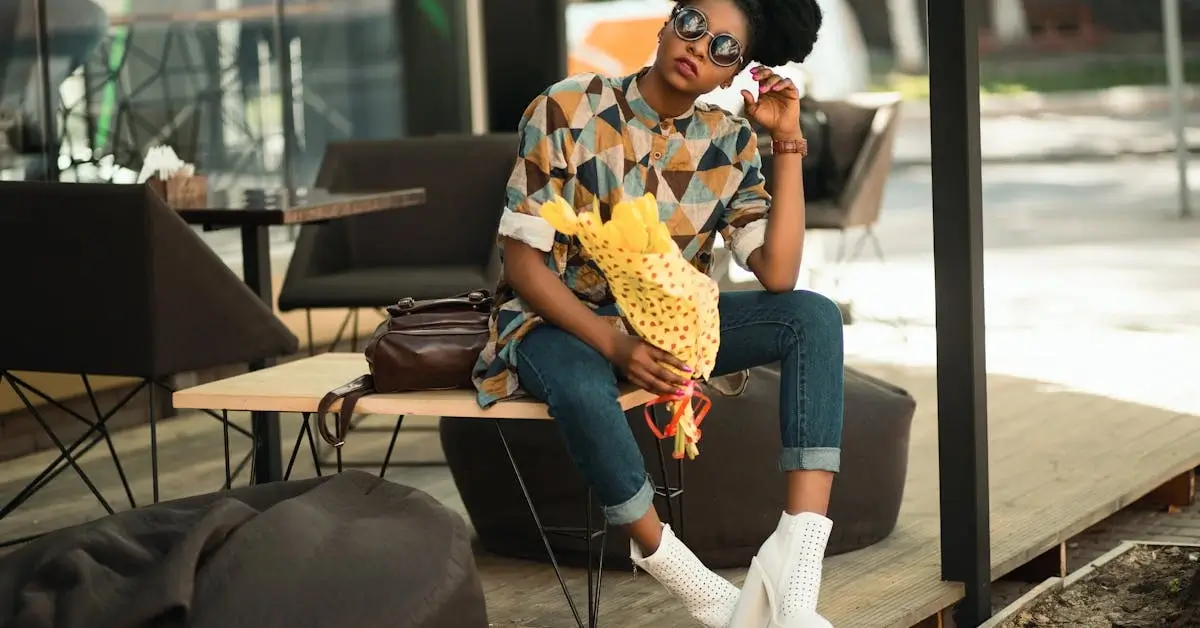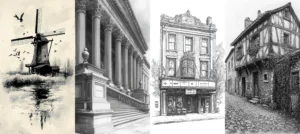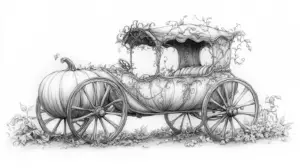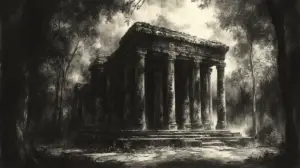Embarking on a new creative venture consistently inspires me to explore diverse artistic avenues, especially within the sphere of fashion design. Sketching designs for garments is an endeavour I find particularly fulfilling because it splendidly merges the domains of fashion and creativity. Engaging in this pursuit provides an excellent opportunity to experiment with various attire permutations, explore textures, and convey my unique perspective on modern fashion tendencies – all via the art of drawing.
I find that drawing outfits allows for a deeper understanding of design elements. As I sketch, I consider the drape of a fabric, how different materials interact, and even how light plays with the outfit. Whether it’s casual wear that captivates with its simplicity or more intricate, statement pieces that turn heads, each drawing becomes a reflection of my creative vision.
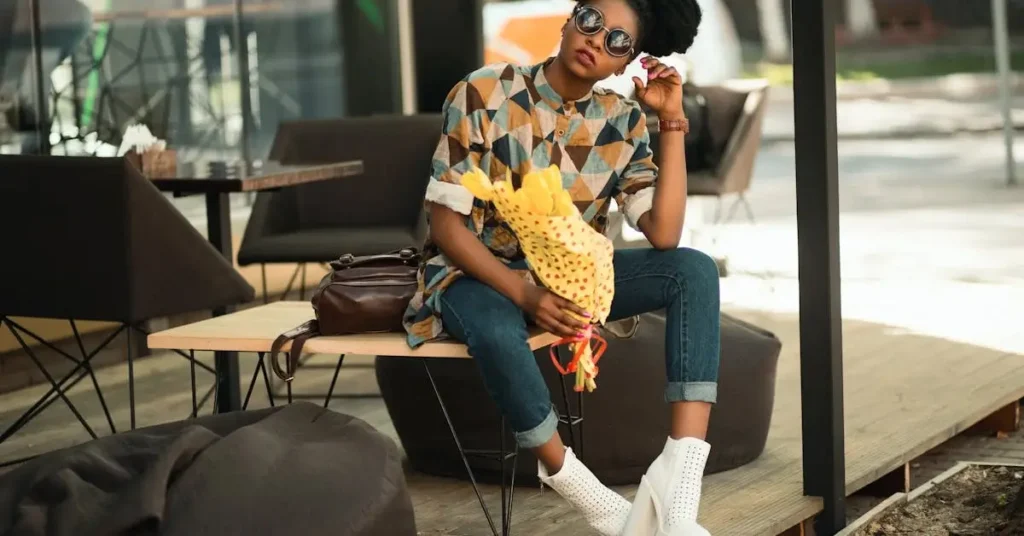
The journey of transforming a concept into a visual representation is always thrilling. When I draw outfits, I’m not restricted by the confines of reality; my style preferences come alive, unrestricted by budget or physics. In every stroke, there’s a chance to challenge my skills, push boundaries, and breathe life into whimsical ideas that could one day jump off the page and into the wardrobe.
Essentials of Outfit Idea Drawing
When it comes to creating inspiring outfit idea drawings, a combination of the right tools and techniques is crucial. Let’s explore the essentials that will help bring your fashion illustrations to life.
Choosing the Right Materials
- Pencils and Markers: The foundation of any outfit idea drawing begins with choosing quality pencils and markers. I prefer using a range of pencils from HB to 6B for different shading effects and fine-line markers for crisp outlines.
- Sketchbook: A sturdy sketchbook with quality paper that can hold up to erasing and layering is essential. My sketchbook is my canvas, where I bring concepts into the visual realm.
- Eraser: You will always need an eraser in reach, for mistakes or erasing the pencil strokes after adding the outlines.
- Colored Pencils: Good colored pencils will add a special touch to your outfit idea drawings and can be used to highlight some details.
Understanding Fashion Figures
Fashion Figures: The fashion figure serves as the blueprint for my designs. Proportions are key, and I like to ensure my figures have a balance of realism and stylistic elements. To learn more about proportions, you can read my articles about drawing references – there are articles about Female Pose References, Dancer Drawing References, and a lot more.
Accessories: Accessories can make or break an outfit. I include everything from hats to shoes, allowing each drawing to tell a more complete story.

Posture: When I start with outfit idea drawing it’s important to keep an eye on the posture. That way I make sure that everything fits well and blends perfectly.
Exploring Drawing Techniques
Drawing Skills: A firm grasp of different drawing techniques allows me to accurately represent textures, fabrics, and the flow of clothing on the fashion figure.
Experimentation: Experimentation with line quality, shading, and color application is integral, and often I’ll use a combination of hatching and cross-hatching to add depth to my outfit idea drawings.
Developing Your Drawing Style
When I first began outfit idea drawing, I quickly realized the importance of having a personal style. It’s like a signature; it sets my designs apart and makes them instantly recognizable.
Incorporating Textile Knowledge
My sketches gained depth when I learned about different textiles. I made a point to study the drape and texture of fabrics, such as the flowy grace of silk or the structured toughness of denim. Understanding this allowed me to accurately portray textiles in my designs, ensuring they not only looked good on paper but could also be brought to life. The incorporation of textile knowledge means considering weight, texture, and how different materials reflect light or hold color when rendering them in a sketch.

For more ideas, you can also read Clothes Drawing Reference where I wrote more about the different fabrics and how they can be drawn.
Bringing Sketches to Life
Once I had my textiles down, the next step was to focus on the sketching technique. I find that careful rendering with attention to light and shadow brings my drawings from flat sketches to lively fashion illustrations. I work on my sketches to infuse them with life, almost as if they could jump off the page. It’s essential to use a variety of shading techniques and color applications to highlight the form and style unique to each garment.
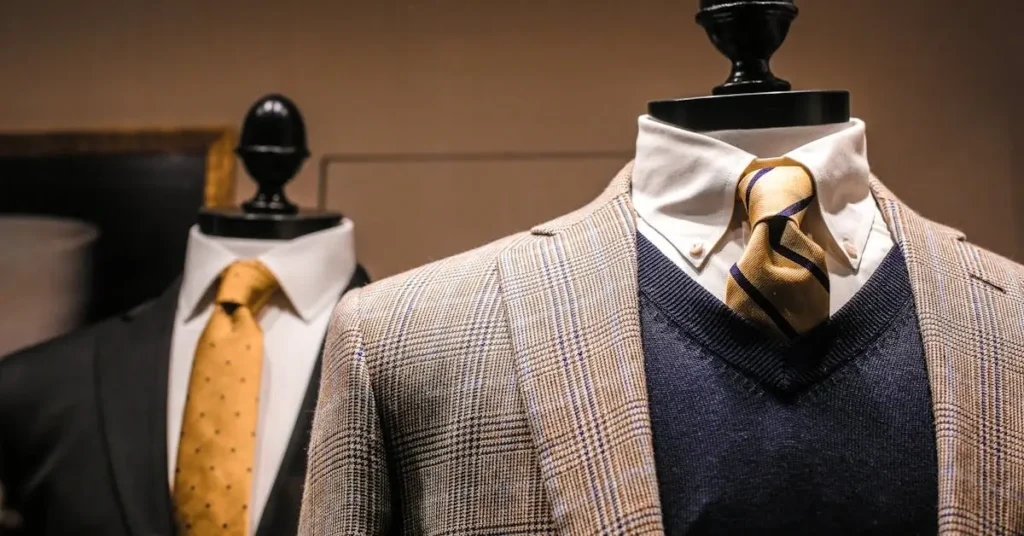
Fashion Illustration Basics
When I first tackled outfit idea drawing, I focused on two crucial elements: creating dynamic poses and understanding shadows and highlights. These are foundational to bringing designs to life with depth and movement.
Creating Dynamic Poses
For dynamic poses, I start by sketching a basic figure. Proportions are key; typically, fashion illustrations feature elongated figures to better showcase the garments. I like to use action lines to guide the pose, giving the drawing a sense of direction and fluidity. Movement in the fabric can suggest the form beneath it, and a knowledge of human anatomy helps in rendering the posture of the figure correctly.
- Action lines: I draw a vertical balance line and add horizontal lines where the joints are.
- Fabric movement: It adds life to the drawing, indicating the direction of the movement.
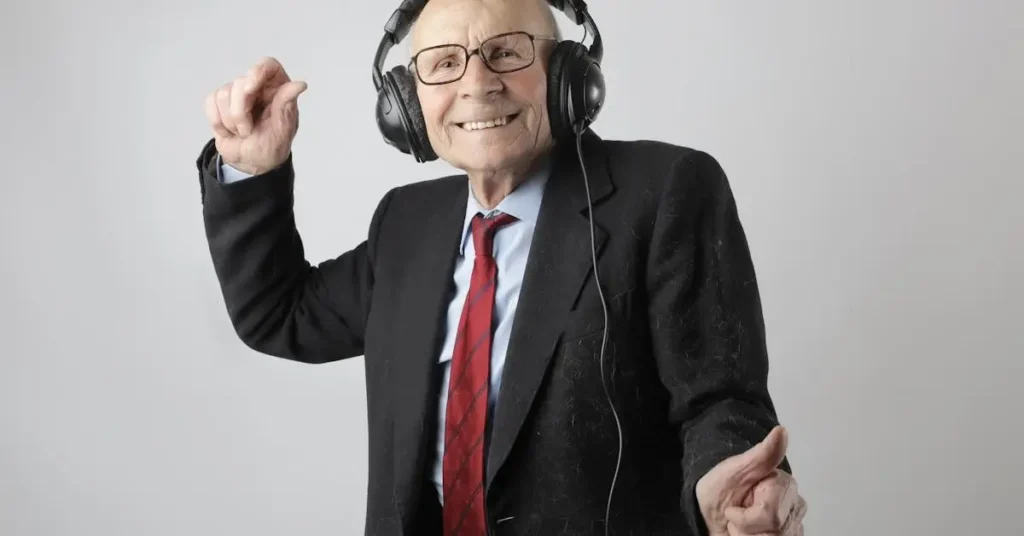
For more detailed information on dynamic poses, I recommend my article Dynamic Posing Reference, or maybe you’re more interested in Dancer Drawing Reference for a little bit more fun in your drawings.
Understanding Shadows and Highlights
To render fabrics convincingly in my outfit idea drawings, I pay close attention to shadows and highlights. They give volume to the clothing and create realism. I often observe how light falls on different fabrics and how it affects the appearance of patterns and textures.
- Shadows: Indicate the folds in the fabric and areas away from the light source.
- Highlights: Areas that catch the most light, often the highest points on a figure or garment.

Using varying degrees of light and dark pencils or shading tools, I start with a light touch for the highlights and gradually build up the darker areas to create contrast. It’s a simple yet effective technique to add a dramatic flair to any outfit idea drawing.
Exploring Design Elements in Outfit Drawing
When I approach an outfit idea drawing, I focus on two elements that can truly make a design stand out: patterns and the use of color. These elements are the essence of visual appeal and can transform a simple sketch into a fashion statement.
Playing with Patterns and Prints
In my drawings, patterns bring life to the fabric. Stripes and polka dots are my go-to choices when I want to add a playful touch or a classic vibe. Patterns are not just decorations; they communicate style and can influence the perception of a garment’s shape and flow. Here’s a quick tip: balance is key. While working with prints, I make sure they complement the overall design without overwhelming it.
- Stripes: Vertical lines elongate, while horizontal lines can shorten or widen.
- Polka dots: Size matters. Larger dots make a bold statement, whereas smaller ones are delicately chic.
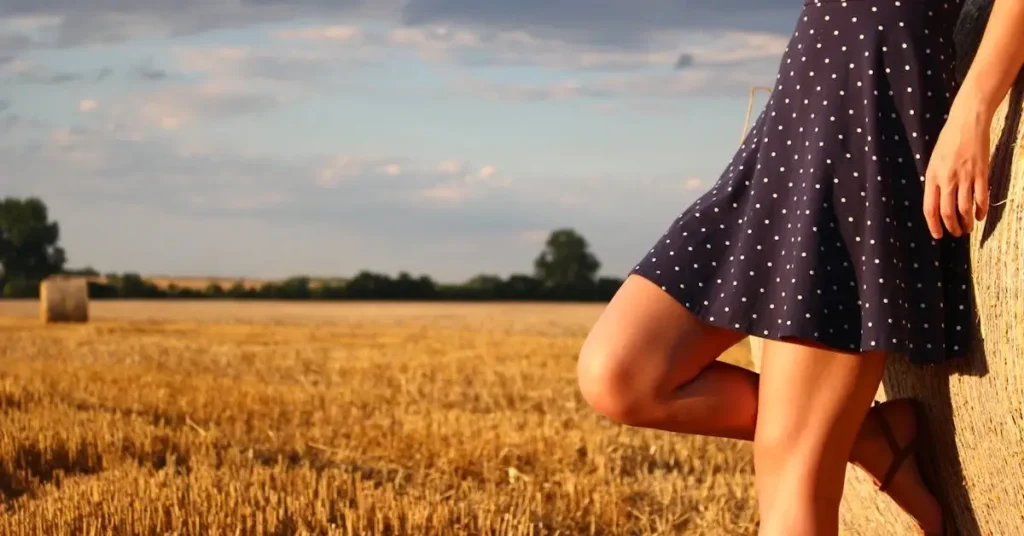
Expressing Designs with Colour
When it’s time to add color, I reach for my colored pencils to fill in my sketches. Monochrome looks can be striking, capturing elegance with a single hue. However, there’s something magical about mixing and experimenting with different shades; it breathes life into my outfit idea drawing. Strong contrasts can create a vibrant, energetic appeal, while analogous colors offer a harmonious and subtle complexity.
- Monochrome: Utilize different tones of the same color to add depth and interest.
- Colored Pencils: Layer and blend to achieve realistic texture and gradients.
Choosing the right combination of patterns and colors is foundational in illustrating outfit ideas that are both compelling and authentic.
From Sketch to Runway
When I embark on creating an outfit idea drawing, it’s not just about a pretty sketch; it’s about envisaging a piece’s journey from paper to reality, and eventually, the runway. But it never happened – and I guess it never will. But I wish you the best of luck!
The Journey of a Fashion Design
My initial sketches are the heart of any clothing design. Here, my ideas transition from vague concepts into tangible forms. For denim jackets, for example, I start by detailing the cut, style, and unique features that will make it stand out. Every seam, button, and stitch is meticulously planned. After refining my drawings, I select the materials that will bring them to life. This is where the design begins to move towards the runway, poised for the next critical steps of pattern-making, construction, and fitting.
Representing Real Fabric
Conveying the texture and drape of fabric in my outfit idea drawings is a challenge. To represent the rugged feel of denim in jackets or the casual ease of cotton in overalls, I use shading and line techniques that suggest their weight and movement. My drawings must communicate to the fashion designer not just how the clothing should look but how it should feel – a crucial detail that differentiates a flat sketch from a three-dimensional piece ready for the runway.
Accessorizing Your Fashion Sketches
When I sketch an outfit idea drawing, I’ve found that accessories can truly make the design pop. They add character and completeness to the sketch, reflecting a style that can catch anyone’s eye.
Capturing Accessories
I always start by considering the role accessories play in my design. Are they bold statement pieces, or do they subtly complement the ensemble? For instance, when sketching ties, I pay attention to the knot style and how it interacts with the collar shape. I make a bullet list of the types of accessories I want to include:
- Watches or bracelets
- Hats or headpieces
- Bags or clutches
- Shoes that match the mood
Each accessory is sketched with care to ensure it aligns with the overall aesthetic I’m aiming for.
Innovating with Embellishments
Embellishments are where I truly get to have fun with textures and details like embroidery. They add depth and richness to my fashion illustrations. To convey the intricate nature of embellishments in my sketches, I use a range of shading techniques. Here’s how I categorize them:
- Texture: I use hatching and stippling to suggest the feel of materials.
- Pattern: Careful, repetitive motifs to indicate embroidery or beading.
- Layering: Different levels of opacity to show layers upon layers of fabric or accessories.
I approach every accessory and embellishment intending to breathe life into my sketches, transforming them from simple outlines into fashion statements on paper.
Advanced Techniques in Outfit Drawing
When I approach outfit idea drawing, I’m always looking for ways to push my skills further. I’ve found that mastering advanced techniques can elevate the quality of my artwork. Let’s dive into a couple of these skills that are especially crucial for creating dynamic and realistic fashion illustrations.
Mastering Difficult Angles
Drawing clothes from different angles can be tricky, but it’s a game-changer. When I work on difficult angles, I focus on:
- Observation: Studying the way fabric drapes and folds at various angles is key.
- Practice: Sketching regularly helps me understand the 3D form of garments.
I also find that using references and breaking down the outfit into simpler shapes can ease the process. So I can again recommend my articles on drawing references – there are a lot of good ideas and some are also with recommendations on software or apps. They can help you create anatomically correct human poses.
Frequently Asked Questions
In my experience with outfit idea drawing, I’ve encountered several recurring questions that seem to be on many artists’ minds.
What are some simple steps to draw a dress?
I always begin by sketching a basic silhouette before refining the shape and adding intricate details like folds and patterns to give the dress life.
How can you create an easy outfit drawing?
To create an easy outfit drawing, start with broader shapes to define the outfit and progressively work towards adding smaller details for clarity and style.
What are some aesthetic outfit drawing ideas for female characters?
For female characters, think of flowing dresses with lace details or a chic tailored suit that hints at personality and context within the drawing.
Where can I find inspiration for drawing fantasy outfits?
I often explore historical clothing, nature, and architecture to spark ideas when drawing imaginative and elaborate fantasy outfits.
Can you suggest some male outfit drawing ideas for my project?
Consider drawing inspiration from different cultures’ traditional wear or modern street style for unique male outfit ideas that add character to your project.
How do you design an interesting outfit for a character?
To design an interesting outfit, I focus on the character’s backstory, their environment, and the role they play to create an outfit that’s both fitting and original.
If you liked this blog post about Outfit Idea Drawings, don’t forget to leave me a comment down below to tell me about your experience with it.
